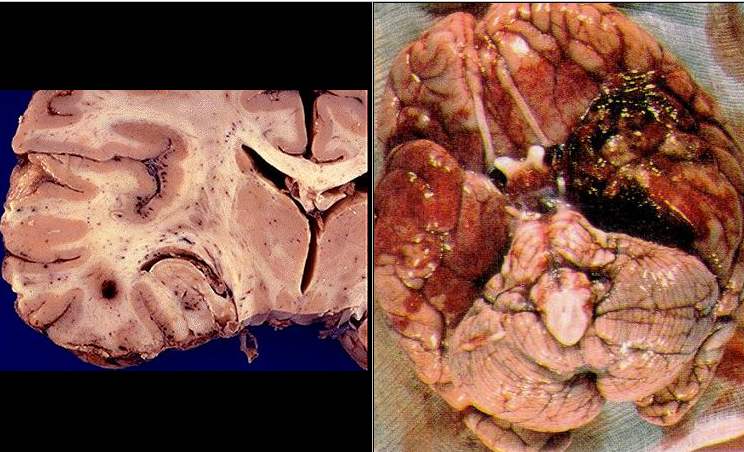


The average for genital HSV-1 is less than one outbreak per year. The average number of outbreaks for a person with genital HSV-2 is four to five per year.


Some HSV tests can tell which type of herpes you have. There are two types of herpes, HSV-1 and HSV-2. The test also can't tell you if any sores you have are caused by the herpes virus. The test can't tell if you will get sores or where on the body they might show up. That's because a positive result only means you have been exposed to the virus. But it is not usually done as part of a regular screening for sexually transmitted infections (STIs). HSV testing may also be done using other types of samples, such as spinal fluid, blood, urine, or tears.īlood testing can be done to find out if you have been exposed to the herpes virus. If blisters or sores are present, a sample from a sore can be tested to check if it is caused by the herpes virus. HSV tests are most often done for sores on the genitals. In rare cases, HSV can infect other parts of the body, such as the eyes and the brain. A herpes simplex virus (HSV) infection can cause small, painful sores that look like blisters on the skin or the tissue lining ( mucous membranes) of the throat, nose, mouth, urethra, rectum, and vagina.


 0 kommentar(er)
0 kommentar(er)
